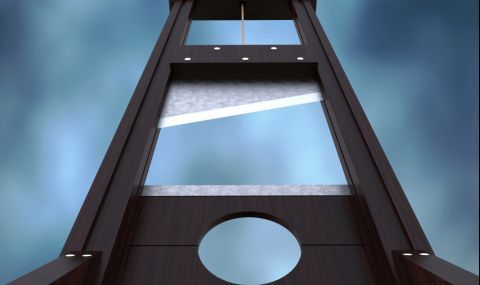On January 21, 1793, the French King Louis XVI was executed in Paris, having been found guilty of treason. His execution ended the absolute monarchy in France.
When he ascended the throne in 1774, the government was mired in debt. The radical financial reforms of Turgot and Malherbe alienated the aristocrats, who were blocked by members of parliament. They insisted that the king had no legal right to impose new taxes. Turgot was dismissed in 1776, and Malherbe abdicated in 1776, to be replaced by Jacques Necker.
In 1789, Louis called elections to the Estates General for the first time since 1614 to approve his monetary reforms. These elections, along with a number of other events, were the main reason for the French people to take matters into their own hands, leading to the outbreak of the French Revolution.
On 10 August 1792, Louis XVI and his family, Queen Marie-Antoinette and their four children, were arrested. At the end of the year, in December, the deposed king was put on trial. The list of charges included 33 points, which could be summarized as treason.
Louis heard the accusation sitting in the same chair where he had earlier adopted the country's Constitution.
After hearing both sides, a vote followed. The king was found guilty and sentenced to death by beheading.
According to the accounts from the time, on January 21, 1793, Louis XVI woke up at 5:00, dressed with the help of his valet Cléry, and went to meet the Irish priest Father Henry Essex Edgeworth de Fremont to confess. The father advises him not to say goodbye to his family.
At 7:00, the king tells the priest his last wish - that his seal be given to the Dauphin, and his wedding ring to his wife.
The carriage in which he is taken to the "Place de la Révolution" leaves the castle where the royal family is exiled at 9:00.
The carriage is met by Baron Batz, a supporter of the king, who organizes 300 people to help Louis escape, but the plan is not crowned with success. Three of the baron's men are killed.
The execution begins at 10:00 on the Place de la Révolution. The executioner Charles Henri Sanson later recounted the last minutes of Louis XVI. After the king was placed on the podium with the guillotine, he tried to say something to the excited crowd in front of him, but his voice was muffled. However, Sanson heard him say: "I am dying innocent. I am not guilty of any of the things you accuse me of. I hope that my blood today will contribute to a better future for the French".
Immediately after the execution, the body was transported to the old Church of the Madeleine (the church was demolished in 1799), where he was buried.
On January 21, 1815, the remains of Louis XVI and his wife Marie-Antoinette, who had been executed on October 16, 1793, were moved to the Basilica of Saint-Denis.
